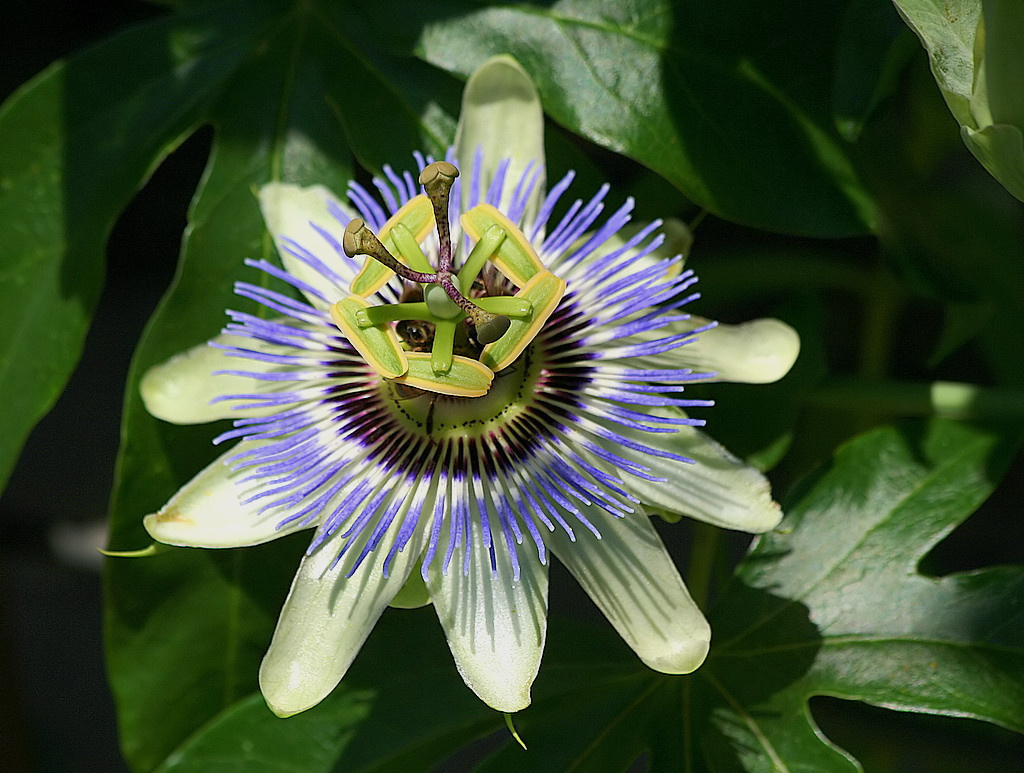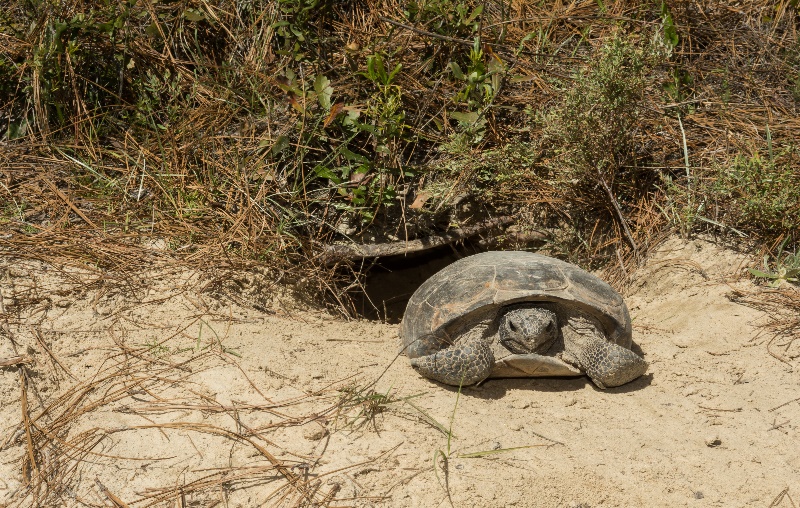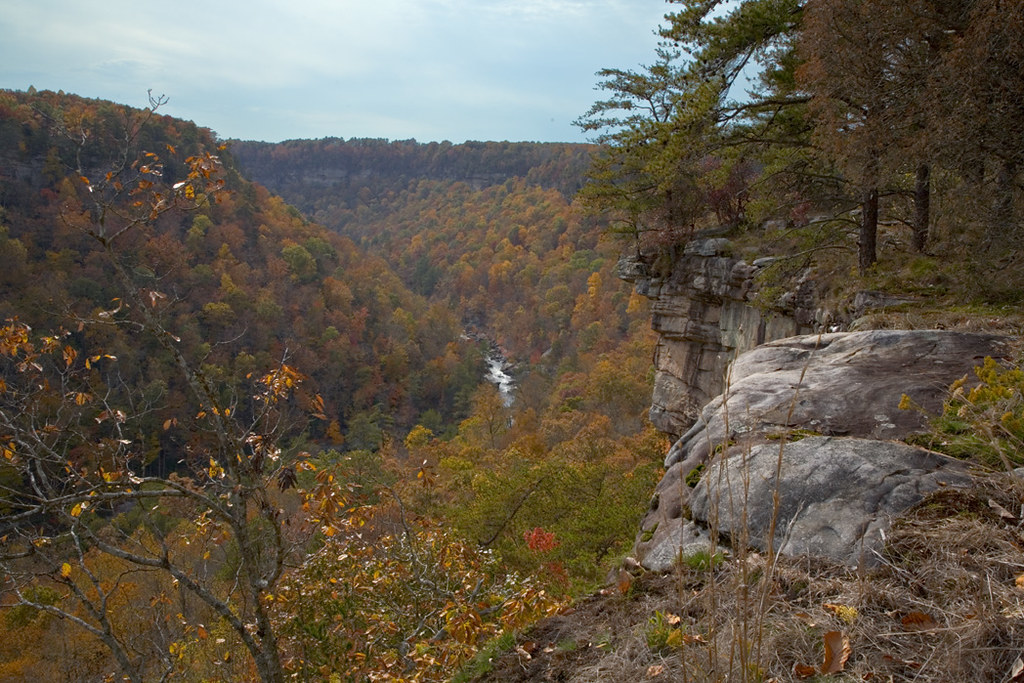


These webpages help enhance the knowledge students gain through Habitat Lab activities that investigate the topics surrounding Alabama’s Ecology, the study of the relationships of organisms to one another and their physical surroundings.
Instead of thinking of the following topics as separate concepts, remember that Alabama’s biodiversity – the variety of living things in an area – is largely due to the number of the state’s native plant and animal species which naturally occur due the types of habitat formed by Alabama’s waterways, forests, and ecoregions.
Use these online investigations as building blocks to gain a well-rounded understanding of the rich relationships between Alabama’s natural resources and the organisms, or living things, that have adapted over time to live among the state’s mountains, ridges, valleys, plains, rivers, streams, and forests.
Learn more about Alabama’s Ecology below:

Learn why Alabama is ranked #4 in biodiversity in the United States and has more biodiversity than any other state east of the Mississippi River.

Learn more about Alabama’s notable native plants, the importance of planting native plants, and why you should avoid and remove non-native, invasive plants.

Discover the variety and classification of Alabama’s native wildlife species that occur as a result of the state’s diverse terrestrial (land) and aquatic habitats.

Dive into the details of Alabama’s watersheds and freshwater habitats including rivers, streams, lakes and ponds, and additional aquatic habitats such as aquifers and springs.

Discover the important role that forests play in Alabama’s biodiversity, economy, air and water quality, and culture.

Learn more about Alabama’s six ecoregions and the impact of their unique geologies on the types of habitat, notable landmarks, and species found in our state.
Website Design and Digital Marketing by